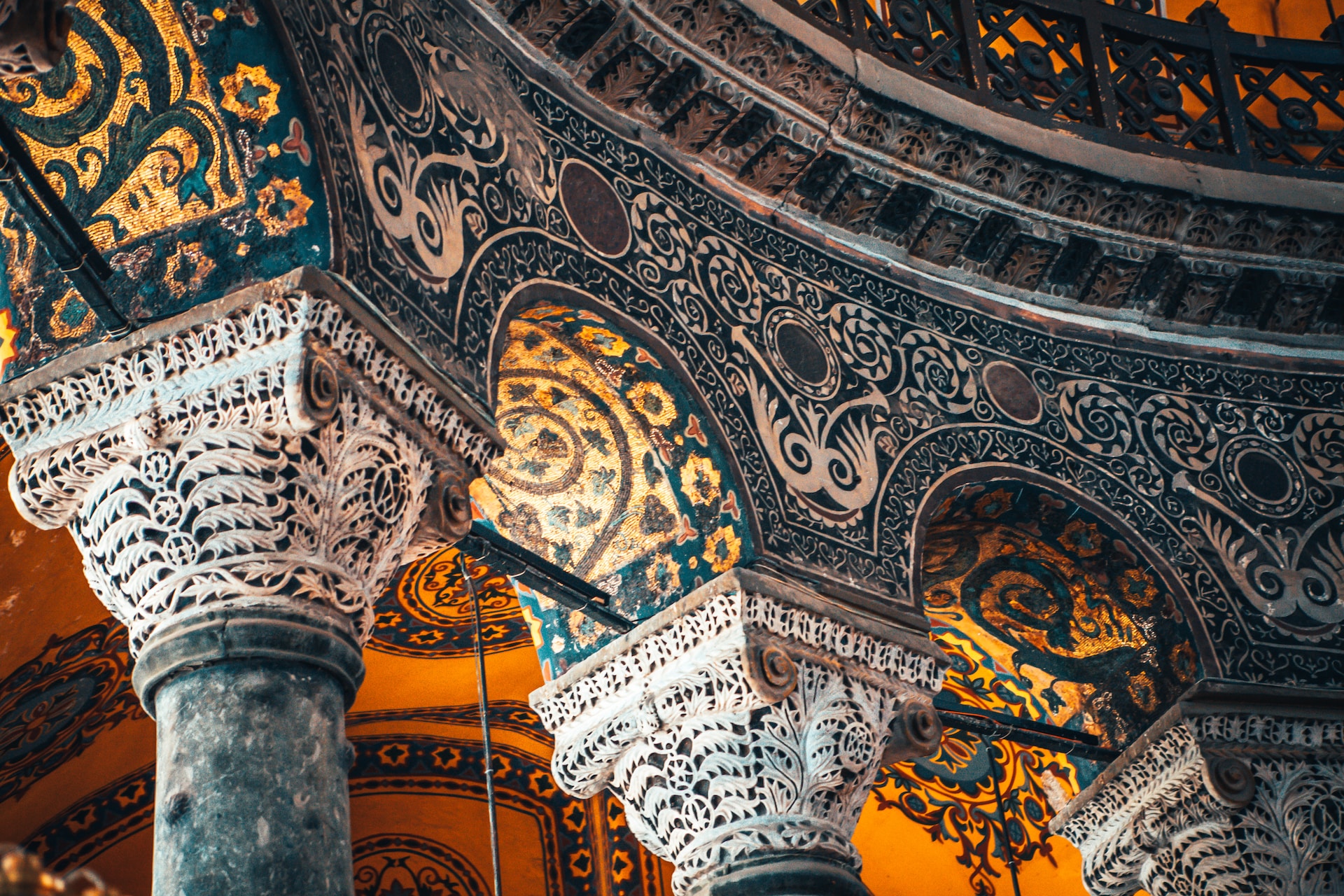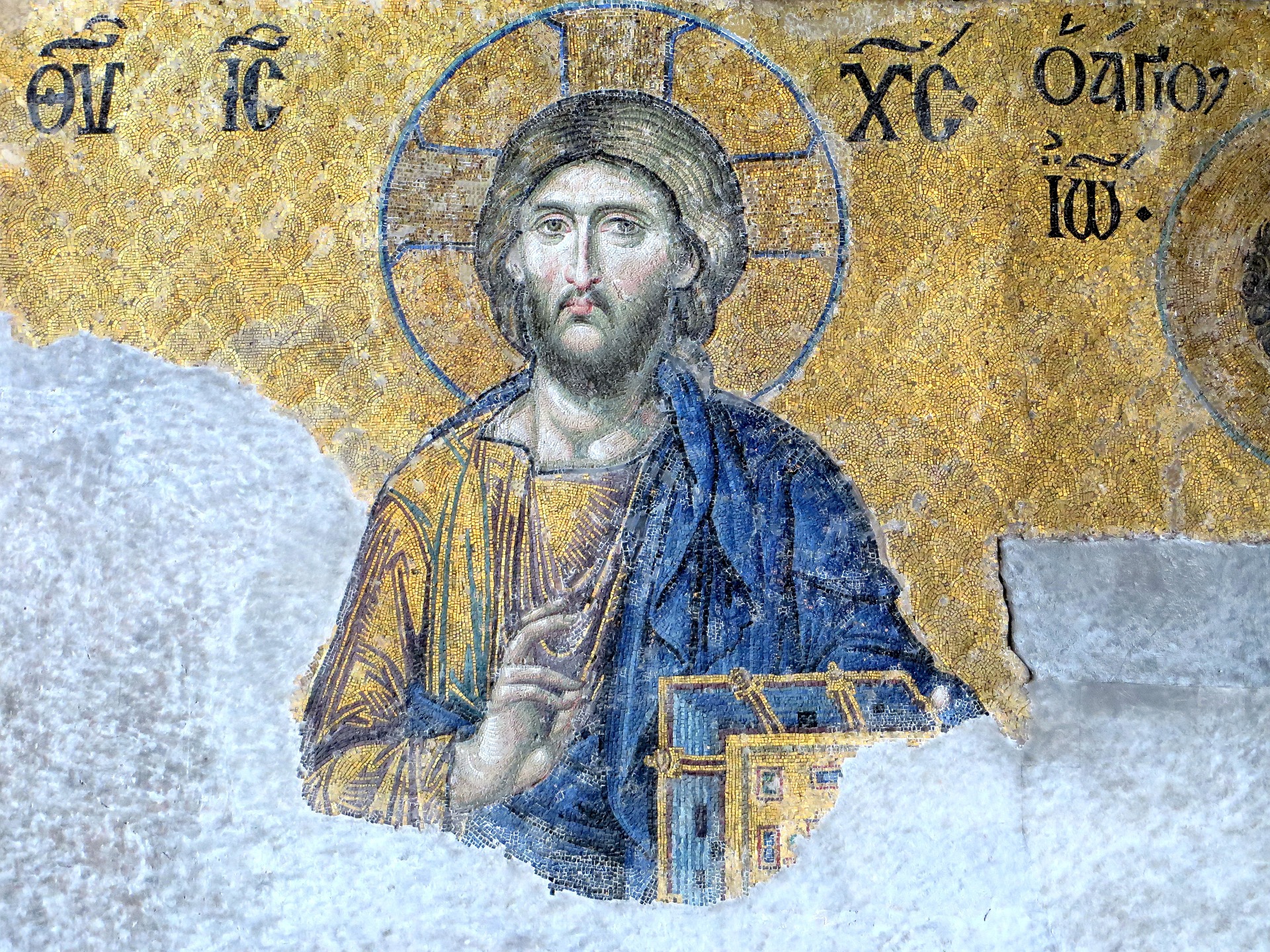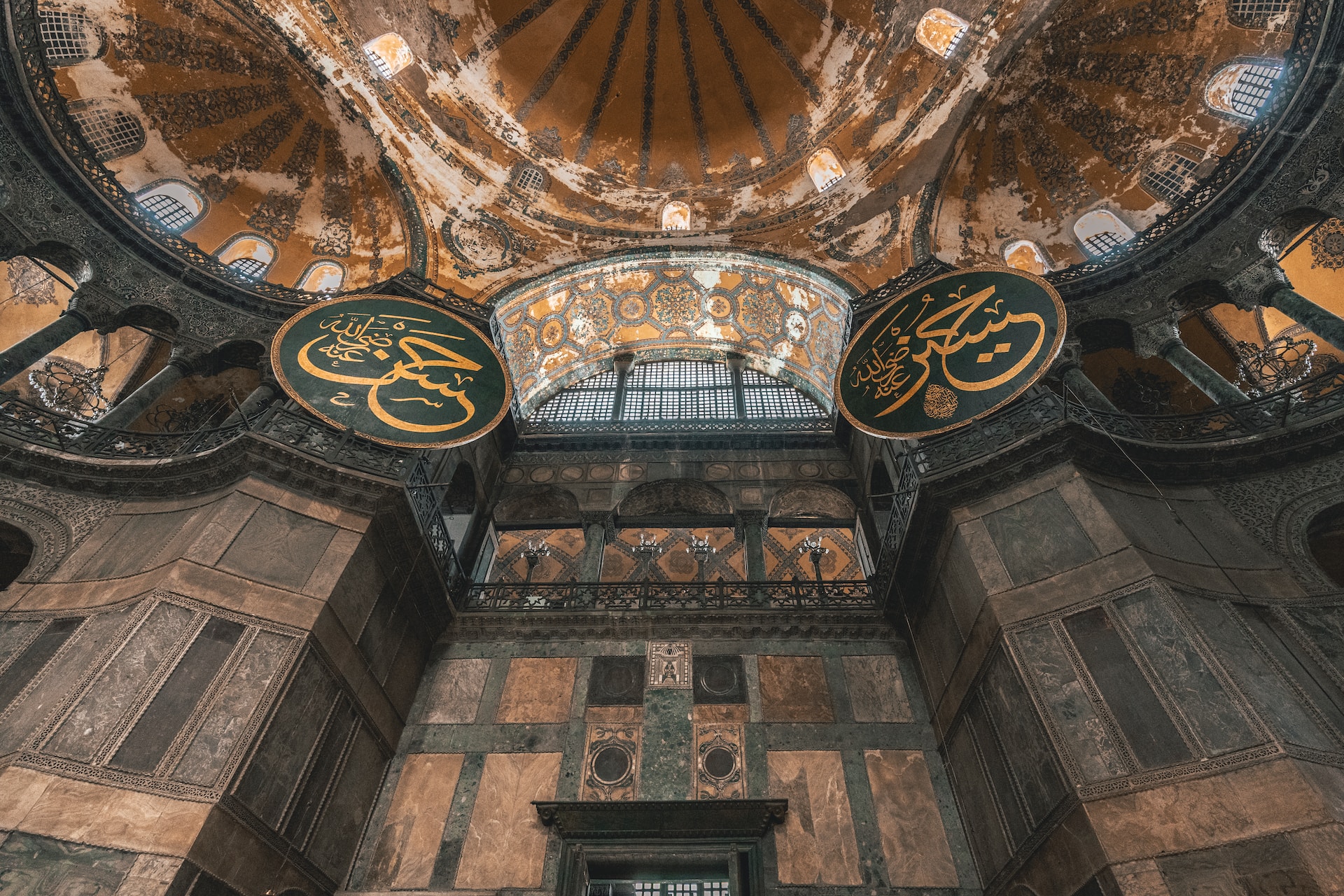Culture & Travel
5 September 2023Originally named "Megale Ekklesia" or "The Great Church," the construction of Hagia Sophia began in 537 during the reign of the Byzantine Emperor Justinian I. The term "Hagia Sophia" translates to "sacred wisdom" or "divine wisdom." "Hagia" signifies "holy," while "Sophia" derives from the Ancient Greek word "sophos," meaning "wisdom." This term embodies the concept of "holy wisdom," a fundamental attribute of God in Orthodoxy. In this article, we delve into Hagia Sophia, a marvel of artistic intricacy and architectural brilliance, unraveling intriguing secrets that have traversed languages and epochs.

Historical Background
Hagia Sophia holds a pivotal position in history, having been constructed thrice over the ages. The present iteration, the third Hagia Sophia, was built by Emperor Justinian during the 6th century. Completed in 537, it reigned as the world's largest cathedral for a millennium. Istanbul, serving as the capital during the Roman and Ottoman Empires, witnessed Hagia Sophia as the epicenter of spiritual life across these eras.
First Hagia Sophia: The initial church was initiated by Constantine the Great and finished under the rule of his son Constantius. Nevertheless, it succumbed to a popular uprising in 404.

Second Hagia Sophia: Emperor Theodosius II undertook the construction of the second church in 415, but it fell victim to the Nika Rebellion of 532 during Emperor Justinian's reign.
Third Hagia Sophia: The existing Hagia Sophia, designed by Emperor Justinian in collaboration with the architects Isidorus and Antemios of Miletus, saw its inception in 532 and completion in 537. This rendition claims the honor of being the world's oldest cathedral and is recognized for its rapid construction.
Ottoman Era: In 1453, following the Ottoman Empire's conquest of Istanbul, Hagia Sophia was transformed into a mosque. During its mosque phase, the edifice underwent numerous augmentations, including the addition of minarets, structural enhancements, and the conversion of sections into a complex.
Renovation and Museum Phase: Hagia Sophia underwent multiple renovations during the Ottoman era. It was repurposed as a museum in 1935 and designated a UNESCO World Heritage Site in 1985.

Reversion to Mosque Status: In 2020, a decision reinstated Hagia Sophia as a mosque. With this shift, the floor was carpeted, and an electronic rail system curtain was implemented to conceal and unveil mosaics during prayer times.
The metamorphoses and augmentations experienced by Hagia Sophia through diverse epochs possess significant architectural and historical significance.

The Enigma of the Holy Grail in Hagia Sophia
The poignant scene of Jesus partaking in the last supper with his disciples resonates as a sacred tableau familiar to all. The vessel that cradled this sacred moment, the very plate from which Jesus dined, has been cherished across generations for centuries. By 1453, this relic rested in the care of Christian priests. However, as historical tides shifted and the fall of Istanbul loomed, the fate of both the plate and the city would intermingle.
One legend from that era narrates how a priest, upon learning of Istanbul's impending conquest, hastened to Hagia Sophia, cradling the plate in his embrace. As he concluded his sermon, news of victory echoed. While wandering the corridors of Hagia Sophia with the plate, the priest suddenly vanished into a wall. These enigmatic memories morphed into legends over time, recounted in tales that span generations.
A popular belief envisages that, should Istanbul revert to Christian rule one day, the priest will reemerge from the walls of Hagia Sophia, bearing the sacred plate once more.
Deisis Mosaic
The "Deisis" mosaic at Hagia Sophia, dating back to 1264, is an absolutely stunning masterpiece. However, there's an intriguing belief that the figure in this mosaic is, in fact, Apollo instead of Jesus. The story goes like this: Pagans who were converted to Christianity for the creation of the mosaic actually portrayed Apollo. According to the tale, the symbols and characteristics attributed to Apollo indicate that it might be Apollo, not Jesus, who's being depicted.

Coffin of the Byzantine Princess Sophia
The sarcophagus within Hagia Sophia belongs to the final Byzantine Princess, Sophia. In 1453, after Sofia's death or potential murder, her remains were placed in this sarcophagus and then transported to Hagia Sophia, where it stands today. There's a rumor that moving this coffin could lead to the collapse of Hagia Sophia. This old story has woven itself so deeply into our culture that even the Ottoman rulers refrained from disturbing the coffin. Maybe the sultans didn't truly believe in the connection to Sofia, or perhaps they simply didn't deem it significant—who can say? Nevertheless, this legend has firmly cemented its place in the enigmatic history of Hagia Sophia.

Wishing Pillar
The Wishing Column in Hagia Sophia carries a fascinating narrative. According to legend, this column once stood within the residence of the Virgin Mary. During the apprehension and crucifixion of Jesus Christ, the Virgin Mary wept tears of sorrow, which supposedly caused the column to melt. When Hagia Sophia was being constructed, the column was relocated and integrated into the church. Thus, Hagia Sophia became an even more sanctified space.
Today, visitors to Hagia Sophia make wishes by touching the Wishing Pillar. It has become customary to place their thumbs into the column and give it a turn, believing that this act will make their wishes come true. This tradition blends with the mystical and emotional facets of Hagia Sophia's history, imbuing people with a sense of the enchanting past.
Apocalypse Prophecy
Hagia Sophia is widely regarded as a place that holds clues about the potential timing of the apocalypse. In a text attributed to another figure, Hz. Hızır, the date of the apocalypse is mentioned as the "Eighteenth Sunday of the year 1038."



